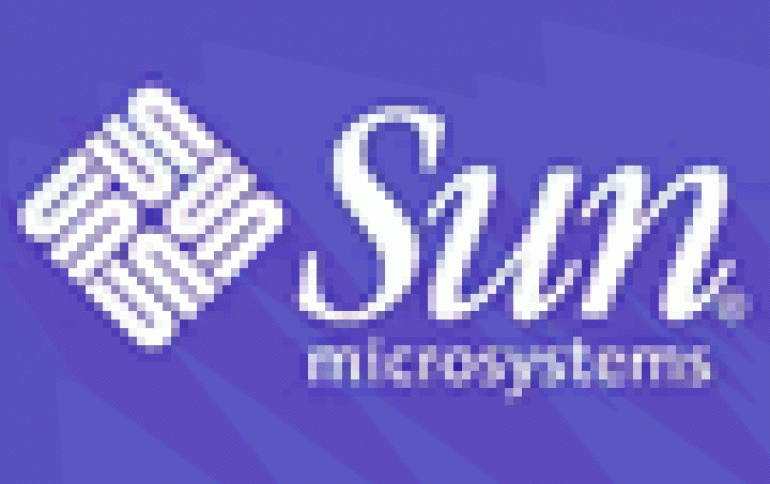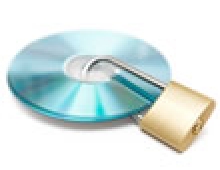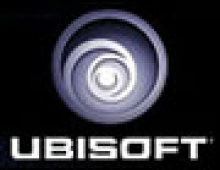
Sun Micro Announces Open-source DRM Project
Sun Microsystems Inc. on Sunday announced a project it calls the Open Media Commons initiative aimed at creating an open-source, royalty-free digital-rights management standard.
The issue of digital-rights management, or DRM, has spurred a number of plans to protect
content, ranging from standards for mobile phones, digital music players, CDs, DVDs and
other media, available from InterTrust, Microsoft Corp. , Apple Computer Inc. , Sony Corp.
and others.
Sun is now throwing its hat in the ring, and Chief Operating Officer Jonathan Schwartz argues that the growing number of rival DRM standards that are incompatible with one another could stifle innovation and economic growth.
"The industry generally falls into two camps: Those who support what we're up to and others who want to collect a fee" for using their own DRM standards, Schwartz said in a telephone interview.
But analysts said the project is ambitious, citing the need for content owners, software developers and device makers to be on board. Open-source software is that which is made freely available so programmers can modify and improve it.
Schwartz said he planned to call for a cross-industry collaboration in developing what he argued would be an open and business-friendly approach to the free creation, duplication and distribution of digital content.
On Sunday, he spoke to policymakers, media, telecommunications and technology executives in a speech at the Progress and Freedom Foundation Aspen Summit in Aspen, Colorado.
To lay the foundation for the Open Media Common initiative, Sun will immediately share its internal Sun Labs program Project DReaM, what it calls "DRM/everywhere available."
The recording industry and a number of partners identified the incompatibility issue about a year and a half ago, but still were not close to finding a solution, because of a lack of coordination among technology companies.
"It's an interesting idea," Gartner G2 analyst Mike McGuire said of Sun's effort. "But you've got a whole bunch of audiences that have to be satisfied with this."
That group includes the rights holders to the digital content, software developers, cellular carriers, handset makers, and a whole range of tech companies, McGuire said.
Microsoft is pushing its Windows Media DRM, Sony has its own version, and Apple has its FairPlay DRM, which it has so far declined to license, which works with its iTunes and iPod products.
In addition, cell-phone makers are already starting to sell phones that work as digital music players, and a consortium of carriers and handset makers known as the Open Media Alliance is developing its own DRM standard, OMA, for phones.
There is also Coral, a group formed by more than 30 tech and media companies, including the four major record label companies to create DRM interoperability standards.
Sun said that its Project DReaM includes a piece of software known as an API that Sun said makes it easier to build and manage video streams delivered over networks.
The project also includes what Sun calls DRM-Opera, an interoperable DRM standard that is independent of specific hardware and operating systems, and is not restricted to specific media formats. It also enables a user-based license provision, compared to the majority of today's methods, where licenses are assigned to actual devices.
"It's important they're making this effort but what will be the proof points are when the rights holders (to the digital content) and device makers get on board," McGuire said.
Sun is now throwing its hat in the ring, and Chief Operating Officer Jonathan Schwartz argues that the growing number of rival DRM standards that are incompatible with one another could stifle innovation and economic growth.
"The industry generally falls into two camps: Those who support what we're up to and others who want to collect a fee" for using their own DRM standards, Schwartz said in a telephone interview.
But analysts said the project is ambitious, citing the need for content owners, software developers and device makers to be on board. Open-source software is that which is made freely available so programmers can modify and improve it.
Schwartz said he planned to call for a cross-industry collaboration in developing what he argued would be an open and business-friendly approach to the free creation, duplication and distribution of digital content.
On Sunday, he spoke to policymakers, media, telecommunications and technology executives in a speech at the Progress and Freedom Foundation Aspen Summit in Aspen, Colorado.
To lay the foundation for the Open Media Common initiative, Sun will immediately share its internal Sun Labs program Project DReaM, what it calls "DRM/everywhere available."
The recording industry and a number of partners identified the incompatibility issue about a year and a half ago, but still were not close to finding a solution, because of a lack of coordination among technology companies.
"It's an interesting idea," Gartner G2 analyst Mike McGuire said of Sun's effort. "But you've got a whole bunch of audiences that have to be satisfied with this."
That group includes the rights holders to the digital content, software developers, cellular carriers, handset makers, and a whole range of tech companies, McGuire said.
Microsoft is pushing its Windows Media DRM, Sony has its own version, and Apple has its FairPlay DRM, which it has so far declined to license, which works with its iTunes and iPod products.
In addition, cell-phone makers are already starting to sell phones that work as digital music players, and a consortium of carriers and handset makers known as the Open Media Alliance is developing its own DRM standard, OMA, for phones.
There is also Coral, a group formed by more than 30 tech and media companies, including the four major record label companies to create DRM interoperability standards.
Sun said that its Project DReaM includes a piece of software known as an API that Sun said makes it easier to build and manage video streams delivered over networks.
The project also includes what Sun calls DRM-Opera, an interoperable DRM standard that is independent of specific hardware and operating systems, and is not restricted to specific media formats. It also enables a user-based license provision, compared to the majority of today's methods, where licenses are assigned to actual devices.
"It's important they're making this effort but what will be the proof points are when the rights holders (to the digital content) and device makers get on board," McGuire said.




















